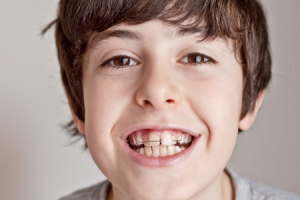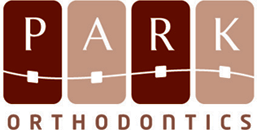 Treatment & Services
Treatment & Services
Braces for All Ages and Different Types of Braces
Orthodontic treatment work in the same way whether you are a kid or an adult. An adult can experience the same beautiful smile as a kid. In fact, it is now estimated that almost one third of all current orthodontic patients are adults, and the numbers are increasing.
There are a few different types of braces. Traditional metal braces are the most common type of braces made out of high-grade stainless steel. Dr. Park uses comfortable low-profile brackets for your comfort and aesthetics.
Ceramic braces are made of clear materials and less noticeable than metal braces. For that reason, they are popular among adult patients. However, they are more brittle than metal ones.
Clear appliances (such as Invisalign and Clearcorrect) use a series of invisible and removable aligners. Patients could eat and drink whatever you want during treatment, plus easier brushing and flossing.
Lingual braces are placed behind the teeth and completely “invisible” to other people. Lingual braces are entirely customized to match the shape of your each tooth.
Type of Orthodontic Treatment
Common treatment usually uses braces/invisible braces mainly for aesthetics and functions. In addition, we utilize many types of appliances such as rubber bands, fixed/removable expanders, headgear, Herbst appliance, molar-distalizers, and TADs(temporary anchorage devices) which are titanium-alloy miniscrews to help the orthodontist control movements of teeth for better outcome.
In some patients with severe jaw irregularities, corrective jaw surgery with an oral & maxillofaical surgeon is required to improve their jaw relationships. Generally, orthodontic braces are necessary to align the arches and straighten the teeth before and after the surgery.
You may have heard of two-phase orthodontic treatment. It is a highly specialized approach that achieves the alignment of teeth as well as physical and facial improvement. In Phase I treatment, we start as early as 6 or 7 years old and try to develop the jaw size for all the permanent teeth as well as relating the upper jaw to the lower jaw. If children after age 6 are found to have jaw discrepancy, that is, the upper jaw grows too much in relation to the lower jaw or vice versa, they are candidates for early orthodontic treatment. We usually use different kinds of appliances instead of braces in this phase in order to achieve dentofacial improvement.
In Phase II treatment, we place braces on upper and lower permanent teeth and attempt to make sure that each tooth is positioned ideally in the mouth where it is in harmony with the lips, cheeks, tongue, and other teeth.
After braces are removed, retainers are needed to prevent shifting of teeth. You need to wear your retainers full time, until the doctor instructs otherwise. You need to take your retainers out when eating, and always put retainers in their case. Otherwise, you will lose them. You also need to clean retainers thoroughly once a day with a toothbrush and toothpaste. You should use warm, not hot water.

 Treatment & Services
Treatment & Services